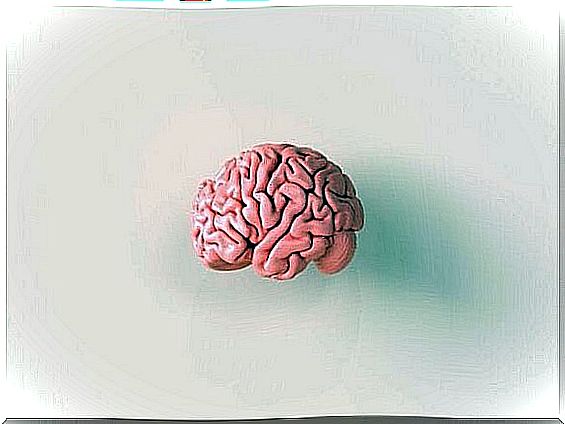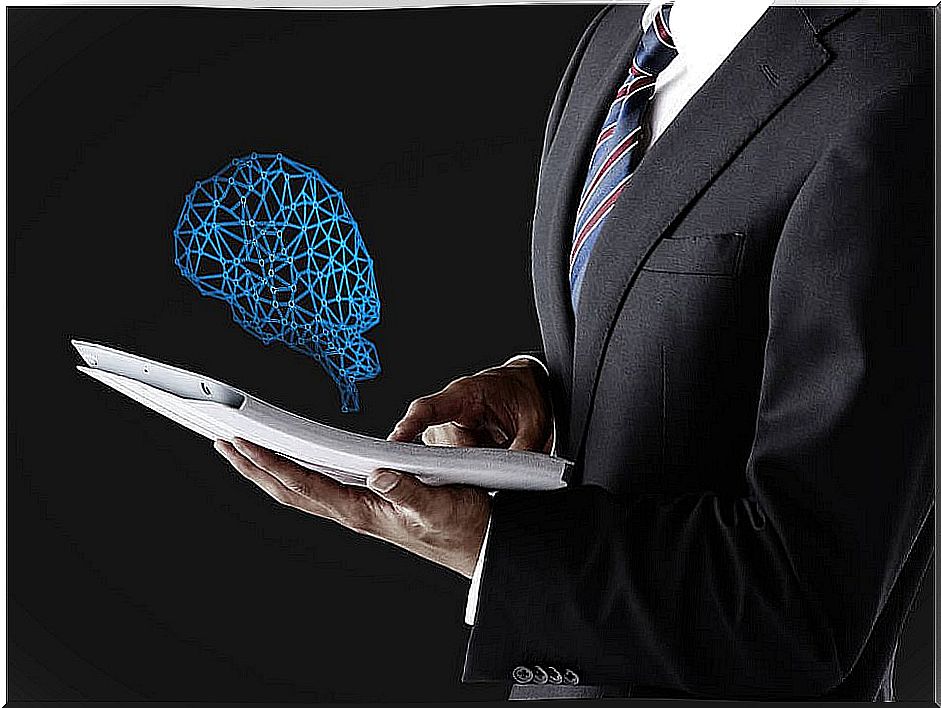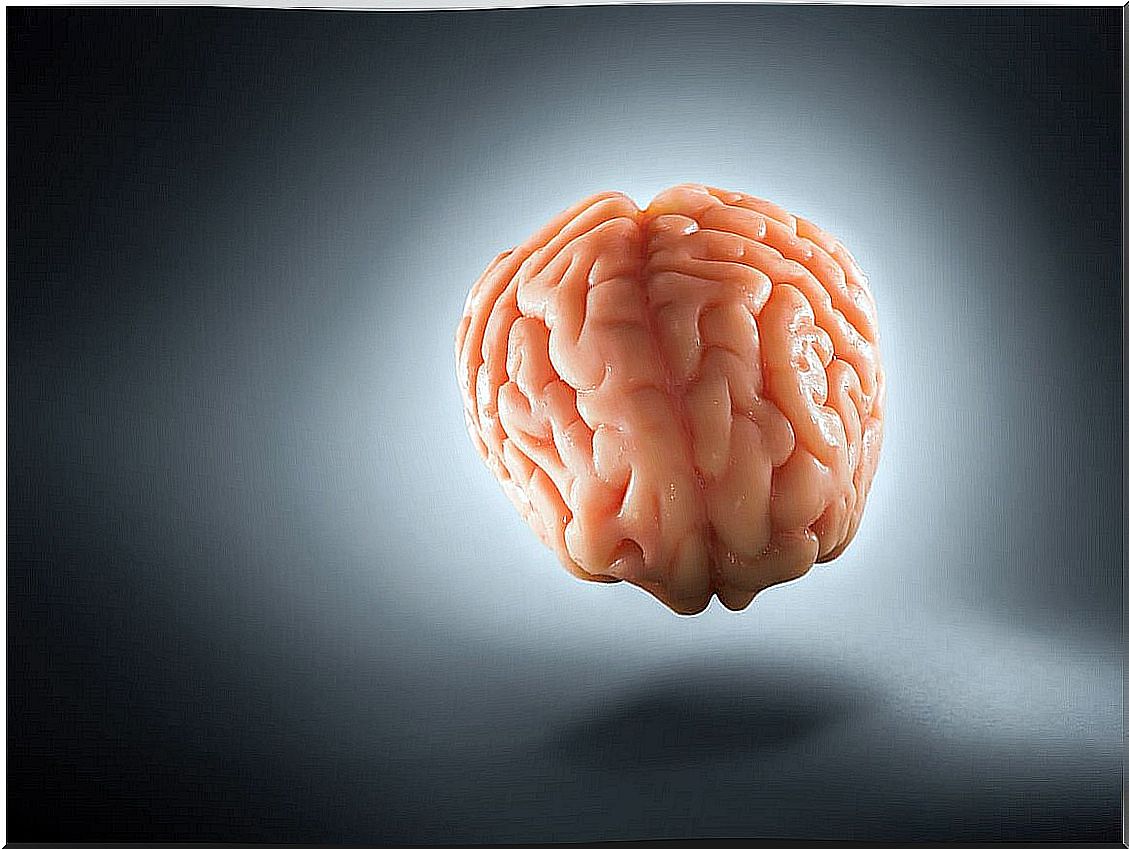Neuroethics, A Fascinating Look At The Brain And Moral Behavior

Neuroethics has two meanings. Between 1973 and 2002, it was defined as ‘a field of knowledge that examined ethics in the neurosciences’. However, since 2002, it has been approached as the neuroscience of ethics. This last concept is what dominates today. It seeks not to base ethics on philosophy, but on neurobiology.
The German neuropsychiatrist Anneliese Alma Pontius was the first person to talk about neuroethics. However, many believe that this branch of knowledge achieved its own identity by publishing a text entitled Neurophilosophy. Toward a Unified Science of the Mind / Brain , by Patricia S. Churchland, in 1986.
On July 17, 1990, the US Congress made the decision to promote neuroscience research. In fact, they announced a project entitled “Decade of the Brain”. This increased the number of completed studies and texts produced on the subject.
Neuroethics: Origin

Advances in neuroscience began to raise questions that did not exist before. For example, what to do with patients in vegetative conditions? How to deal with the topic of brain death? These and other questions gave rise to major debates in bioethics. They were later subjected to studies in neuroethics.
Initially, neuroscientific research mainly treated diseases of the brain and possible treatments for them. But over time, a new reality began to take shape: in fact, evidence increasingly showed that the brain should not only be seen as an organ in the body, but as the basic basis of all human activity.
In 2002, this was clear. It was patented in a short article by Adina L. Roskies. In this article , she stated that it was not time to talk about ethics in neuroscience, but about the neuroscience of ethics. This was based on findings such as the fact that an abnormality in the brain area can change a person’s moral judgment. Or that excessive production of certain substances changes behavior.
In parallel, advances in neuroscience have made it possible to monitor the human brain in a way they have never been able to achieve before. In fact, it is no exaggeration to say that today it is possible to know what a person is thinking via neuroradiology. In addition, you can also change what the person is thinking with some of the techniques. For this reason, the old meaning of neuroethics is still valid.
The neuroscience of ethics
As the brain has been understood, so has research into its relationship to ethical behavior. Crucial at this point is the name Joshua D. Greene. This researcher did a study in which he addressed the old “tram problem”. But for the first time, he analyzed it using neuroradiology.
The tram problem says that the driver of a car has lost control. A siding is fast approaching. On the left lane there are five railway workers, so if the vehicle continues on the road, it will run over them. However, a railway worker is on the right siding. If the driver activates a lever, the tram will turn and hit only one railway worker. What should he do? Should he not intervene and let the tram continue, thus killing five people? Or should he intervene and be the direct cause of a person’s death and thus save the other five?
Another variant of this dilemma places a man on top of a footbridge where he sees a similar tram drama unfold. If the carriage continues on the route, it will kill five railway workers. Next to the observer stands a large, rather old, overweight man. The man looks at the uncontrollable tram and thinks that if he pushes the old fat man next to him down on the track, this will stop the tram. By doing so, the man will die, but the five workers will be saved.
Brain and ethics

Social psychological studies have been conducted for many years to evaluate what different people would do in these situations. Greene also posed the dilemma to a group of volunteers. On this occasion, however, he did not take into account their answers. Instead, he monitored what was going on in their brains.
Greene defined the first situation as a morally impersonal dilemma. This is because the driver has to interact with a lever. The second scenario, however, is a moral-personal dilemma. In other words, the observer must perform an action directed at another human being. Greene found that in morally-impersonal dilemmas, the prefrontal cortex of the brain is activated. In moral-personal dilemmas, however, the subcortical areas, such as the amygdala, are activated.
Green’s observations allowed him to conclude that most people have a moral intuitionism rather than a rationalist one. In other words, they use emotions (amygdala) more than reason (prefrontal cortex) to evaluate a situation. This study proved to be a milestone. Since then, researchers have conducted hundreds of similar studies.
As you can see, neuroethics is a fascinating area that is just beginning to pay off. In fact, all of these findings have also influenced the philosophical and psychological approaches to human behavior. This branch of knowledge will no doubt continue to surprise us in the years to come.









